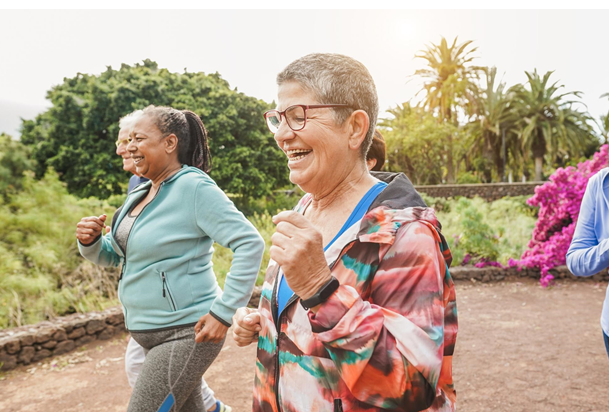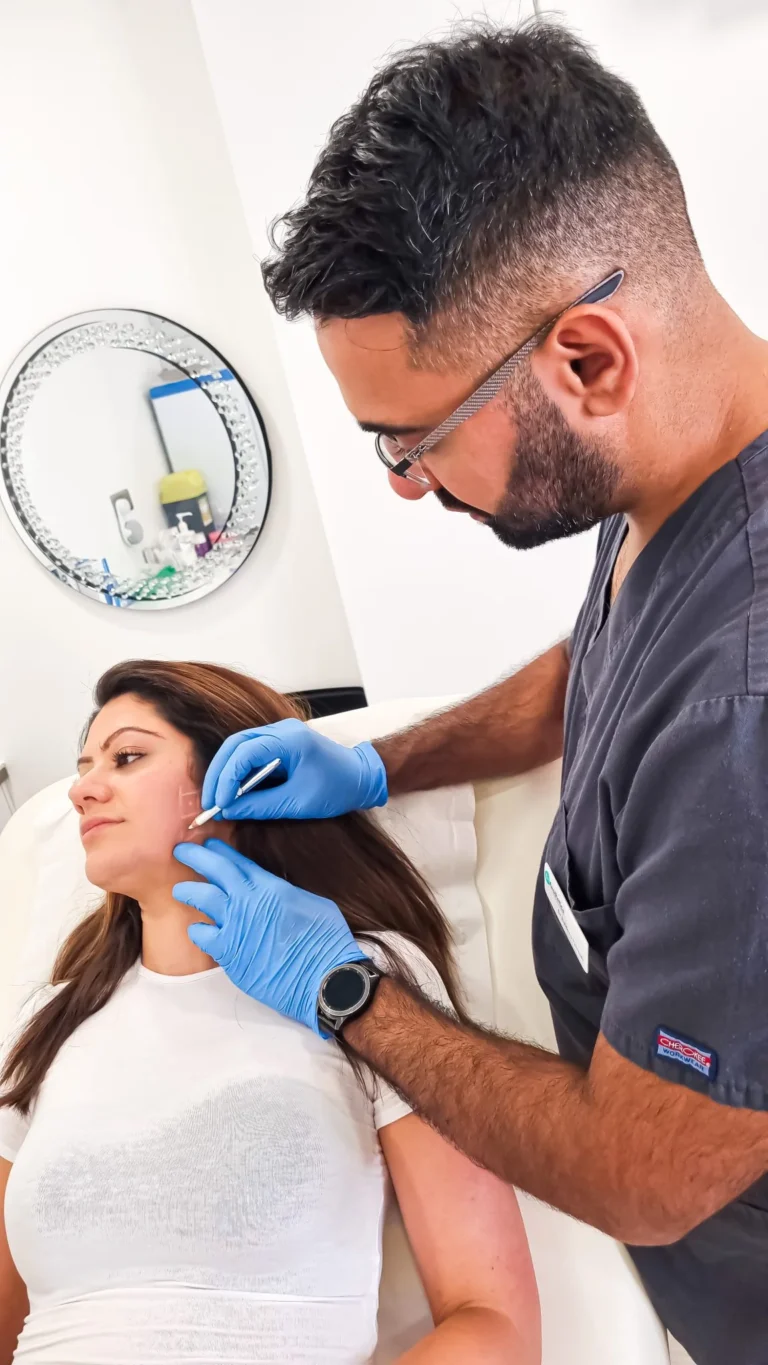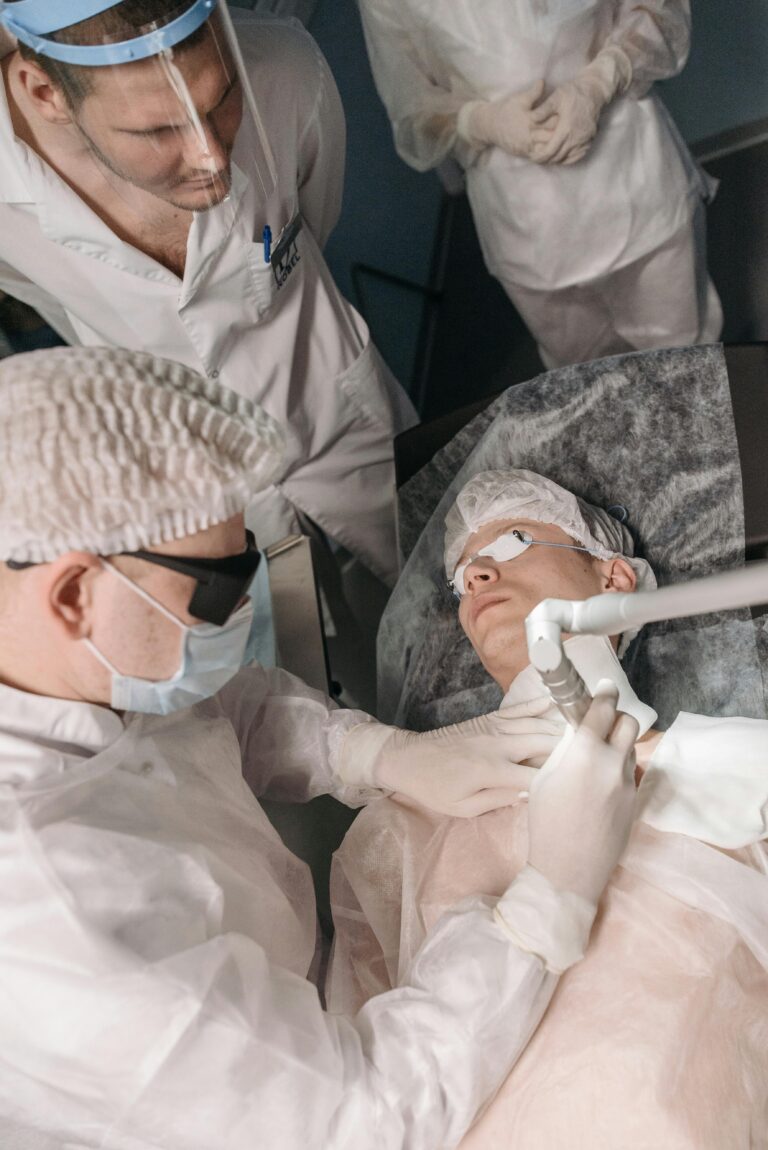What It Takes to Teach Senior Fitness: Instructor Credentials
Older adults are looking for guidance they can trust. A senior fitness instructor plays a key role in helping them feel supported and safe. This role requires focus, knowledge, and strong communication.
If you’re drawn to helping others live with strength and purpose, this work might be for you. Teaching seniors takes more than energy; it takes real preparation. That’s where training and credentials make all the difference.
In this article, we will discuss the key credentials and skills required to teach senior fitness, ensuring safe and effective workouts for older adults. Keep reading.
Key Health and Safety Knowledge for Senior Fitness Instructors
Senior fitness instructors must understand how aging affects the body. Common changes include poor balance, stiff joints, and slower healing. Knowing this helps instructors design safe workouts.
Instructors need to adjust exercise plans when new health problems appear. This helps lower the risk of injury during training. Being aware of senior health needs is part of doing the job well.
Importance of CPR and First Aid Training in Senior Fitness
CPR and first aid training are required for working with older adults. Health issues can happen suddenly during a workout. A quick and calm response can protect a client’s life.
Prepared instructors keep their classes safe in emergencies. These certifications also show a strong commitment to safety. Without them, an instructor is not fully qualified for the role.
Specialized Training for Age-Related Physical Limitations
Seniors often face limited strength, joint pain, or reduced movement. A personal trainer for seniors must create safe routines that respect these limits. The goal is to keep them moving without causing harm.
Instructors can visit https://www.americansportandfitness.com/products/senior-fitness-certification to earn training that meets senior-specific needs. This program helps a personal trainer for elderly clients deliver smarter workouts. Certified training builds safer habits for both client and coach.
Experience in Group Exercise Instruction for Older Adults
Teaching group classes takes skill beyond knowing exercises. Older adults need slow, clear steps and a steady pace. Instructors must spot when someone needs a break or a change.
Experience helps instructors keep everyone safe and included. They learn how to adjust the routine while staying on track. Over time, classes become more organized and effective.
Communication and Motivation Techniques for Seniors
Instructors must speak clearly and avoid fast or complex directions. Simple words help seniors follow movements without confusion. This builds confidence and keeps the class running smoothly.
Older adults respond well to a kind and calm voice. Respectful guidance helps them feel safe during each session. Good communication also keeps them coming back.
Maintaining Continuing Education and Industry Standards
Fitness rules and research change often, and instructors must stay informed. Continuing education helps them improve their methods. It also shows that they take their work seriously.
Certifications must be renewed regularly. This keeps their skills sharp and up to date. A well-informed instructor is safer and more reliable for seniors.
Why the Right Senior Fitness Instructor Matters
The right senior fitness instructor brings safety, skill, and respect into every session. They guide seniors with care and understanding. Their training shapes each move with purpose.
If you’re ready to lead with knowledge and patience, now is the time to take action. Build your skills and grow your confidence. Becoming a trusted instructor starts with smart preparation.
Would you like to explore more informative articles such as this one? Browse around the rest of our blog to see what interests you.







